How To Treat A Sunburn
Key Takeaways
- Sunburn symptoms like redness and stinging usually occur within 3 to 5 hours of sun exposure
- Mild-to-moderate sunburns normally resolve within several weeks and can be treated with at-home remedies like aloe vera, cool compresses, and over-the-counter (OTC) pain relievers
- More severe sunburns may require medical treatment, especially if you notice signs of infection like pus-filled blisters or red streaks near the affected area
Noticing that your skin is inflamed, painful, and hot to the touch after spending time outdoors? You are likely dealing with a sunburn, a type of burn that can occur after your skin is exposed to the sun’s ultraviolet (UV) rays without enough protection.
Sunburn symptoms like redness and stinging usually start to develop within 3 to 5 hours of being in the sun. Luckily, there are fast, effective ways to soothe your skin and start the healing process. Read on for doctor-approved tips for treating a sunburn (along with advice on what not to do) to help your skin bounce back as quickly—and comfortably—as possible.
8 tips to heal a sunburn quickly
There are lots of at-home treatments that can provide relief from sunburn discomfort, and some may even help your sunburn heal faster. Below are some of the common first-aid measures for healing a sunburn:
- Cool down your skin: As soon as you notice you're sunburned, get out of the sun and cool your skin with a cold compress, cool bath or shower. Although this is a simple home remedy, it’s also effective.
- Apply aloe vera gel: Aloe vera gel has antibacterial and anti-inflammatory properties that can help soothe inflammation from a sunburn. Some research also suggests that aloe vera gel speeds up the healing process for first and second-degree burns. For even cooler relief, you can store your aloe gel in the refrigerator before applying it.
- Take an over-the-counter (OTC) pain reliever: Many OTC
- nonsteroidal anti-inflammatory drugs (NSAIDs) like ibuprofen or aspirin can help with discomfort and reduce swelling.
- Moisturize with calamine or a soy-based lotion: Applying calamine lotion or a soy lotion can help soothe the burned skin, relieve dryness, and prevent skin peeling. This method is especially effective if the lotion is applied after bathing in cool water, as it helps to trap moisture in your skin.
- Use colloidal oatmeal treatments: Colloidal oatmeal, a powder made from ground oats, has been shown to have anti-inflammatory effects. To reduce skin dryness and itching from your sunburn, you can apply a colloidal oatmeal-based lotion or mix colloidal oatmeal powder into a cool bath.
- Hydrate: Drink plenty of fluids to replenish your body's water content and help it recover. Sunburns can dehydrate you, and drinking extra water can prevent headaches, dizziness and other symptoms of dehydration and heat exhaustion.
- Leave blisters alone: If your skin is blistering or peeling, let it be. Picking or reopening damaged skin can disrupt the healing process and make your skin susceptible to infections.
- Use sun protection measures: While your sunburned skin is healing, protect it from further sun damage to help it heal faster. Cover up if you’re in the sun, wear a hat, re-apply sunscreen every 2 hours (even low-strength SPFs</> can reduce your risk of skin cancer) and seek out shade.
When to see a doctor or go to the ER
Most minor-to-moderate sunburns can typically be eased with at-home remedies, like cool compresses, aloe, and OTC pain relievers.
However, you should talk to your healthcare provider for medical advice if you or a loved one is experiencing extensive blistering, extreme pain, or swelling.
Go to the ER right away if you or a loved one experience any of the following symptoms:
- Signs of infection (pus or red streaks near the burn or blisters)
- Fever of 103°F or higher accompanied by vomiting
- Slurred speech
- Cold skin
- Confusion
- Dizziness or fainting
- Numbness or tingling
- Decreased pulse
What not to do when you have a sunburn
While there are some effective pain relief options for sunburns, some treatments can actually irritate your skin even more. Here are products that you should avoid if you have a sunburn:
- Petroleum jelly: Products like Vaseline can trap the heat that your skin is trying to release. This can lead to more inflammation and discomfort.
- Oils: Oils like coconut and jojoba oil are often recommended for skin care, but they’re not advised for sunburn. Like petroleum jelly, oils can form a barrier on your skin and trap in heat.
- Butter: Butter should never be applied to burns. Like other oil-based products, butter can actually trap heat within your skin and irritate it even further.
- Topical anesthetics: Some topical anesthetics or 'numbing creams' like benzocaine can cause skin irritation, especially if you apply them to an open blister or raw skin.
- Alcohol-based skin products: Products that contain alcohol can be drying to the skin. This can aggravate the burn and delay healing.
- Harsh soaps: Using harsh or fragranced soaps on sunburned skin can irritate it. Instead, use a gentle, fragrance-free soap or cleanser.
- Makeup: Even though it may be tempting to cover up your sunburn with foundation or other makeup, do your best to avoid it. Makeup contains oils, alcohols and other chemicals that can prevent your skin from healing properly.
How long does it take for a sunburn to heal?
The healing time for a sunburn depends on the severity of the burn. Generally, mild sunburns tend to heal within a few days, moderate sunburns can take several weeks, and more severe sunburns can take months to fully heal.
Mild sunburns, where the skin is red and painful, usually start to improve within a few days.
Moderate sunburns, which are characterized by more severe redness, pain and swelling, can take longer to heal. These sunburns can cause blisters, which usually heal within two weeks.
Severe sunburns are a more serious condition. Symptoms include extreme redness, blistering, pain, swelling, fever, nausea, chills and dizziness. This type of sunburn requires medical attention. It may take several weeks or even months to heal completely. After a severe sunburn, the skin may peel in large pieces or even leave behind changes in skin pigmentation.
How serious is your sunburn?
There are three different types of burns: first-degree burns, second-degree burns and third-degree burns. Sunburns tend to fall in the first and second-degree burn categories. Here’s what symptoms can look like for each type:
- First-degree burn: A first-degree burn means that your skin’s top layer has been damaged. These are considered more mild, as they typically heal within a few days. Symptoms of a first-degree sunburn typically include skin that is pink or red and painful to the tough.
- Second-degree burn: Second-degree burns are considered more moderate. They signify that both your skin’s outer layer and middle layer (dermis) have been damaged. If you have a second-degree sunburn, you may be experiencing blisters, peeling skin or swelling. You also might be experiencing symptoms of heat illness, like dizziness, confusion, muscle cramping and nausea. Second-degree sunburns can take several weeks to heal, and they might require medical treatment.
- Third-degree burn: A third-degree burn from the sun is extremely rare; third-degree burns are typically a result of chemical burns, fire, or scalding water. However, third-degree burns are the most severe out of all burn types and require immediate emergency treatment. They harm all layers of your skin, damaging nerve endings, muscles and tendons. Third-degree burns may cause ashy skin and (because of the damaged nerves) may not be painful.
How Sesame can help
If you’re dealing with a painful sunburn and need treatment advice, a dermatologist or other licensed healthcare professional on Sesame can help!
Simply book an online skin consult at a time that works for you. During your virtual appointment, your provider can assess your burn. They can also determine a treatment plan and prescribe medication if necessary. It’s a convenient and affordable way to give your skin the attention and care it deserves.
Related posts

Learn how to treat and prevent rashes and blisters from margarita burn (phytophotodermatitis), a painful skin reaction caused by citrus and sun exposure.
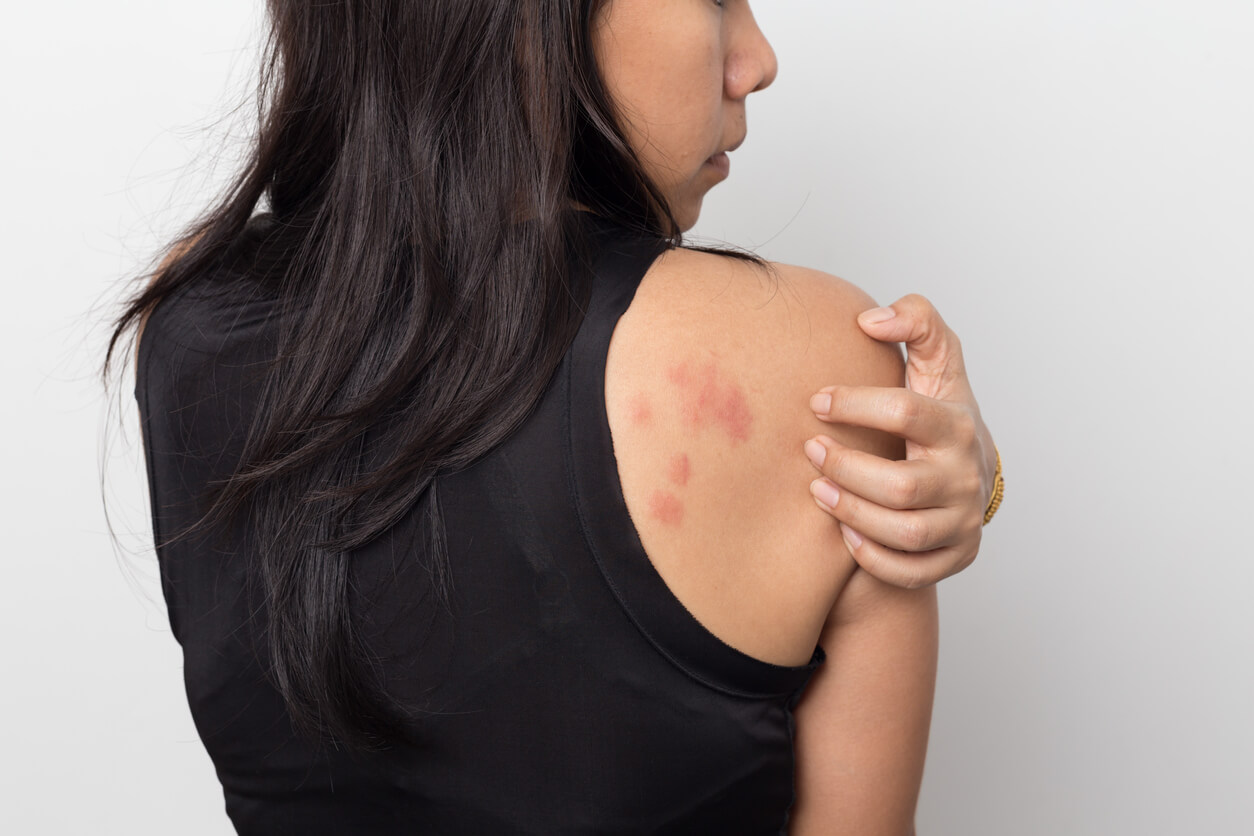
Skin rashes caused by stress are sometimes known as “stress hives”. Read on to learn everything you need to know about this uncomfortable skin condition.
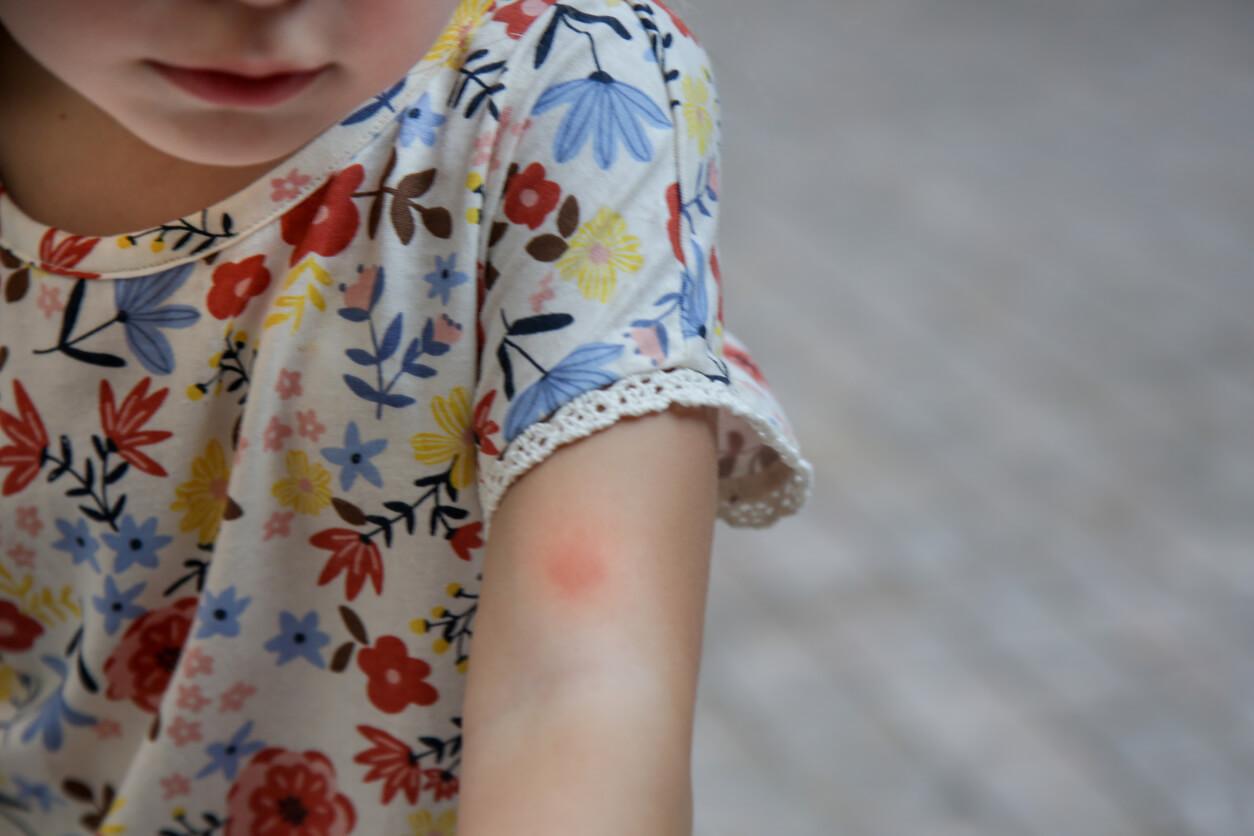
Bug bites often result in itchy red bumps or rashes on the skin. This is because the saliva or venom of the bug that bit you causes an allergic reaction in your body.
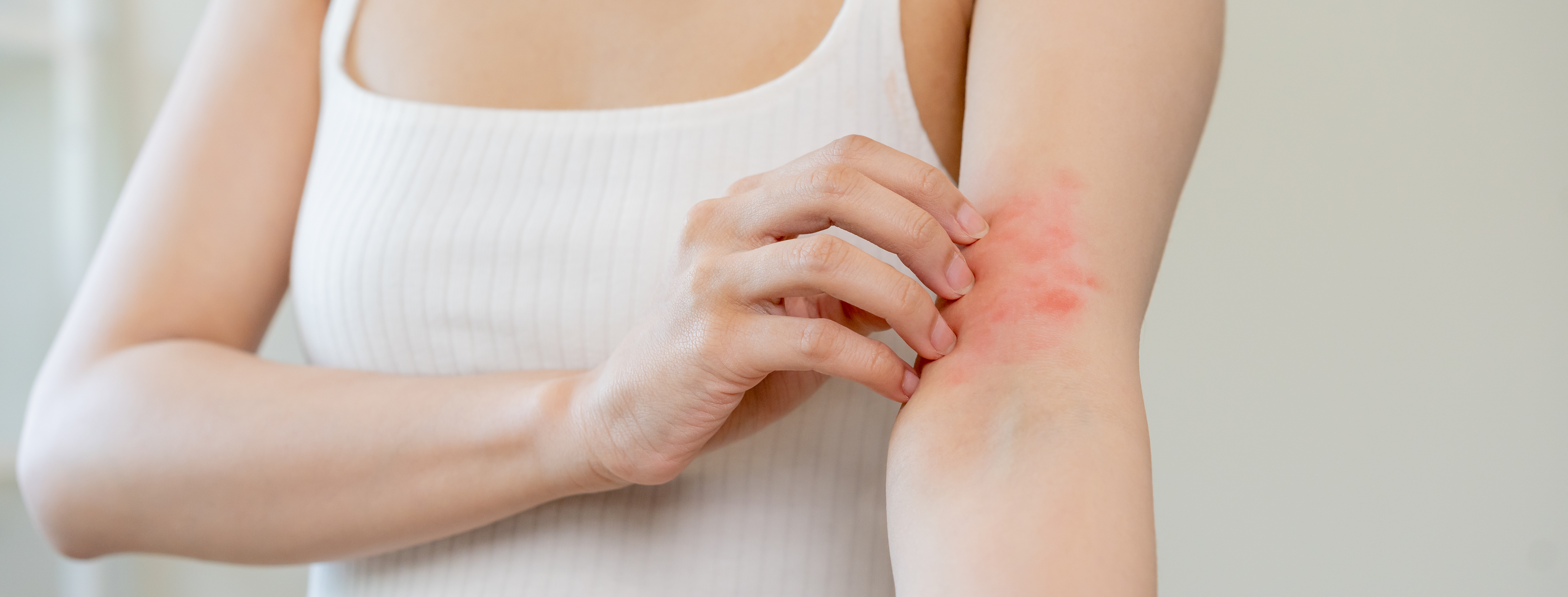
As we gear up for another scorching summer, it's important to be aware of heat rash and how you can prevent and treat this common condition.
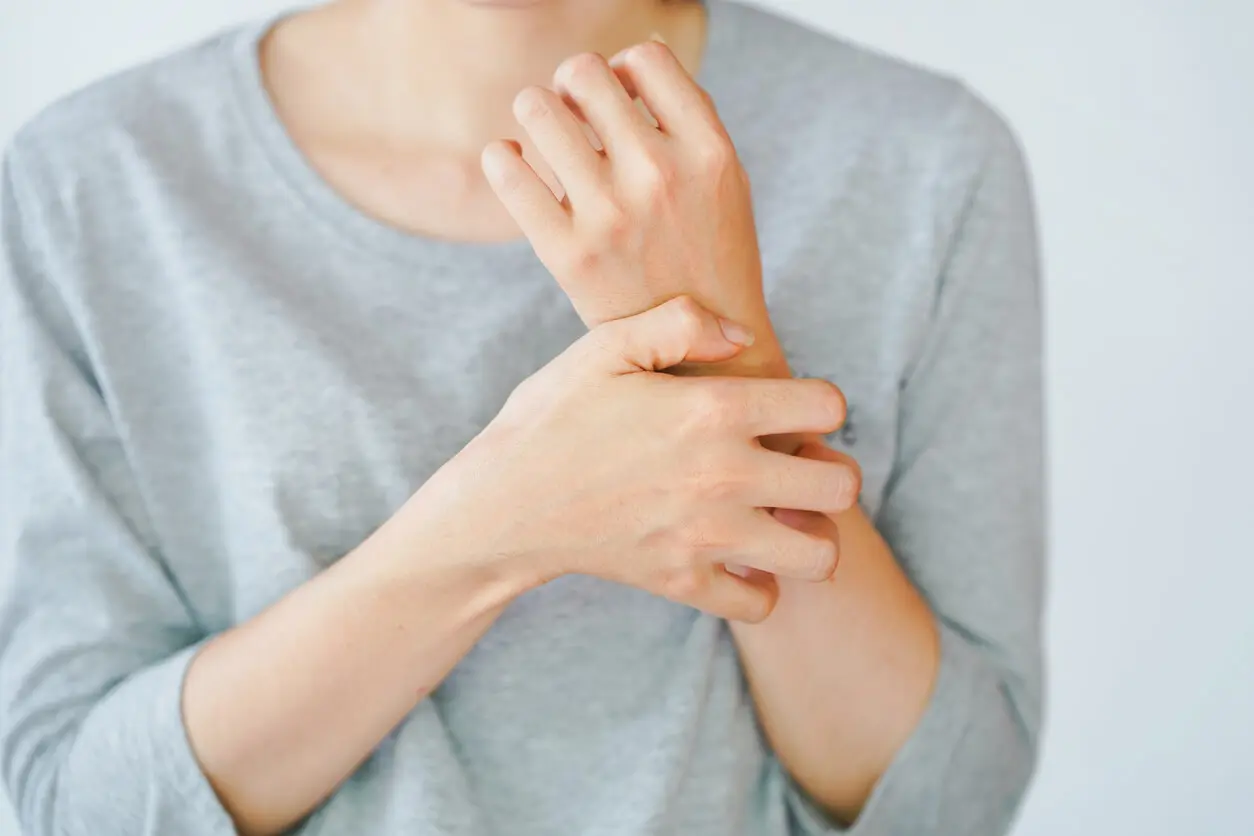
Ringworm is a fungal infection with a ring-shaped rash. This article will detail some of the best ringworm treatment options to get rid of a rash fast.

These travel health tips can help prepare you for common travel health issues like bug bites, sunburns and swimmer’s ear.
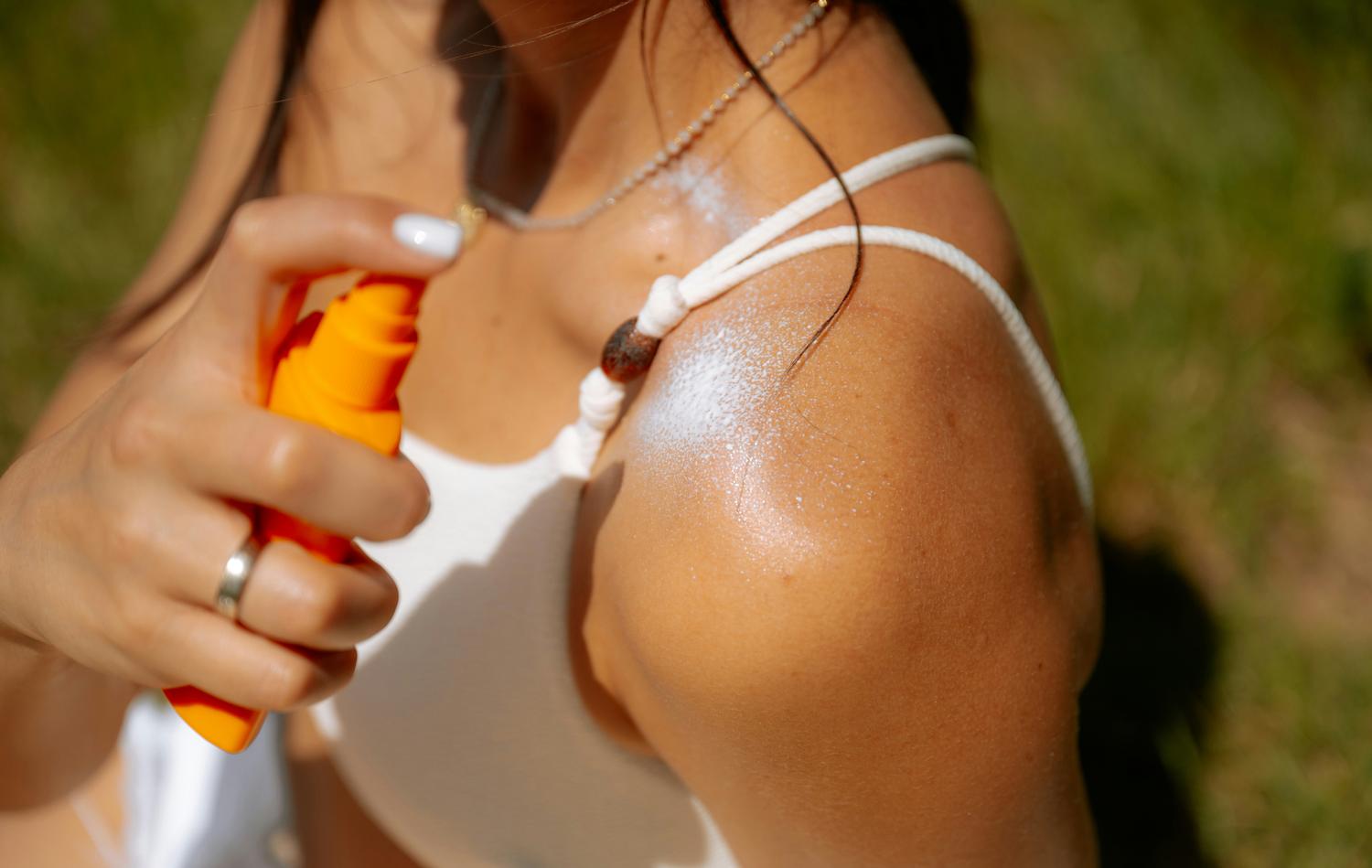
Is there really a difference between SPF 30 and SPF 50? And how can you get the most protection out of your sunscreen? Read on to learn more about SPF strength differences and how to protect your skin from the sun’s harmful rays.
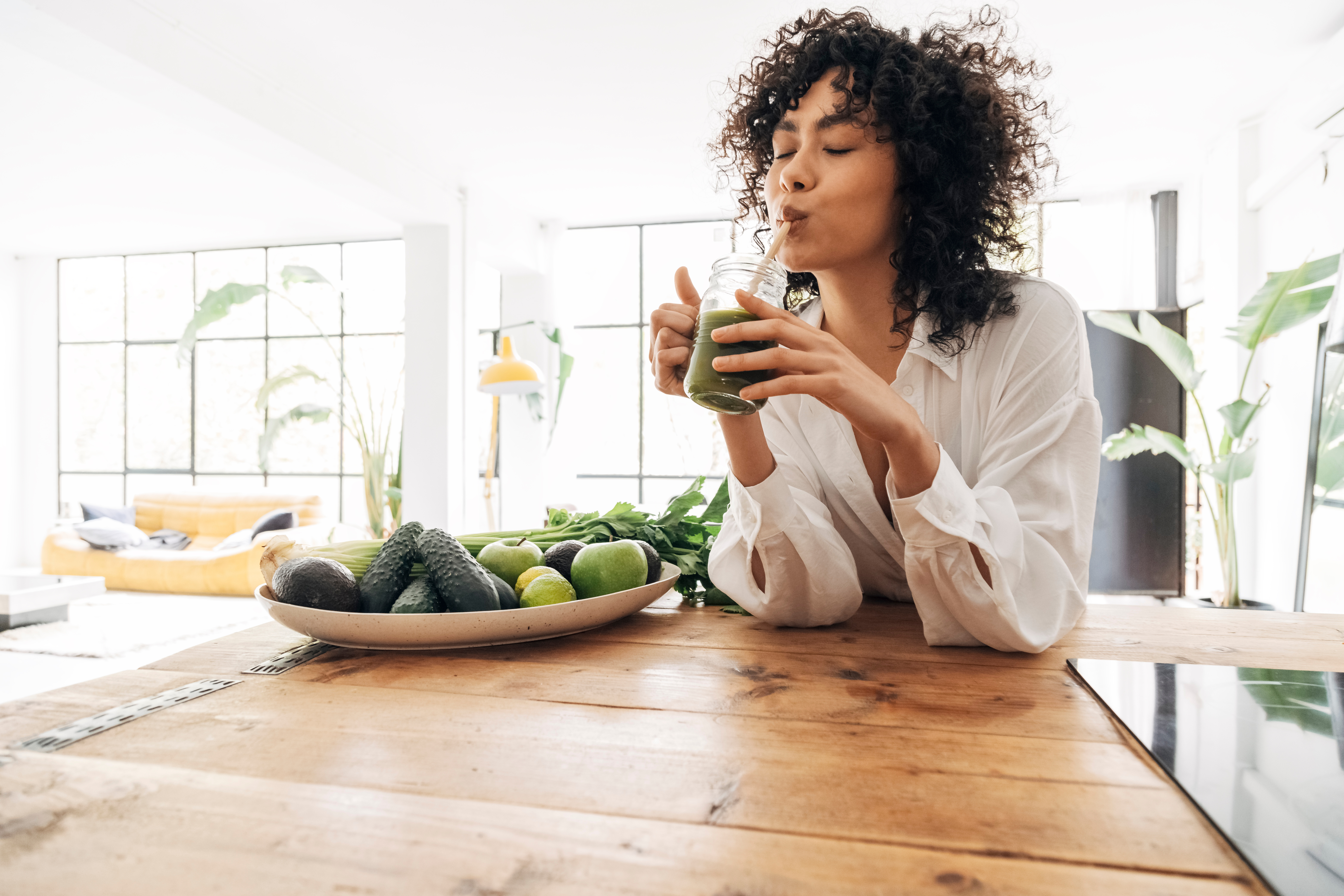
Wondering how to boost metabolism in a healthy, sustainable way? Check out these seven diet and lifestyle changes that can help improve your metabolic rate long-term.
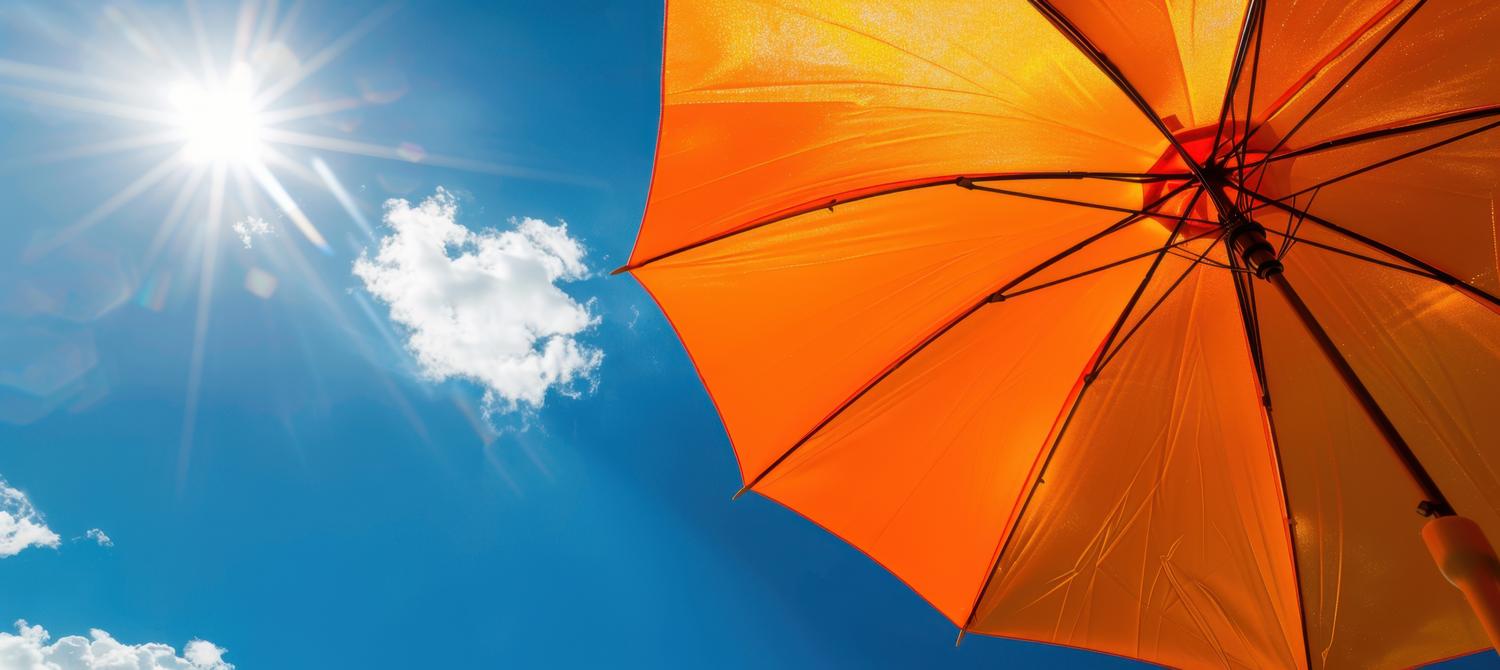
Learn the differences between UVA and UVB rays, their effects on your skin and how to protect yourself. Discover the risks of UV radiation, including skin cancer, and get practical tips for effective sun protection and choosing the right sunscreen.
